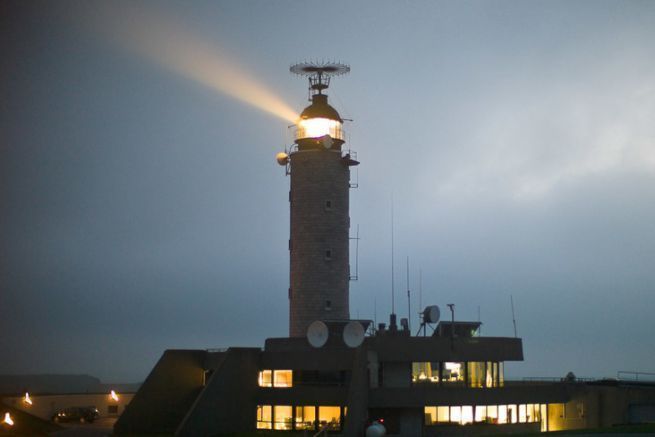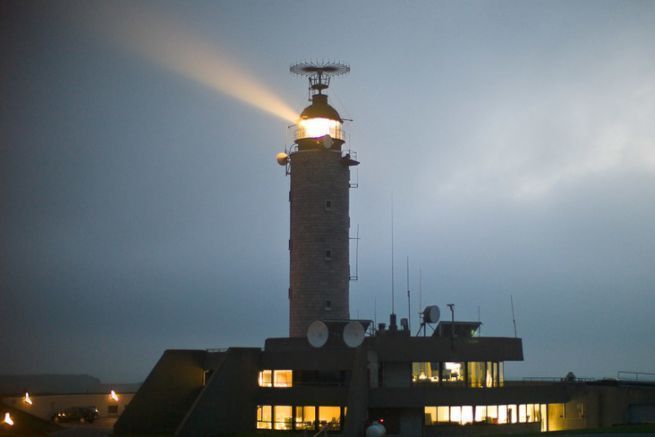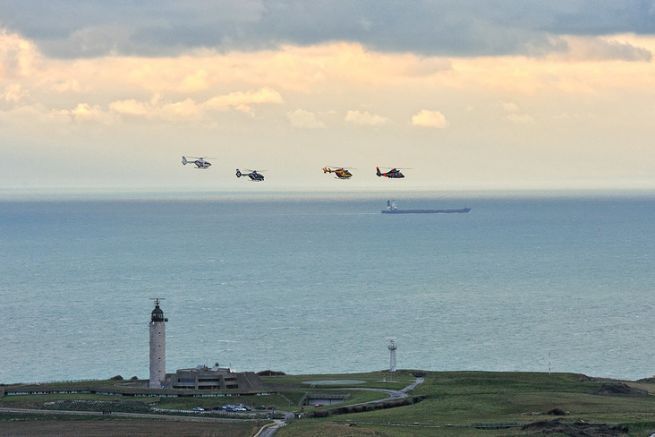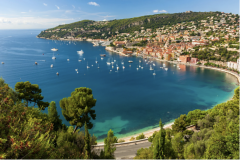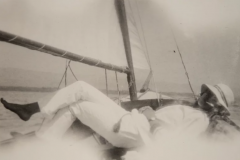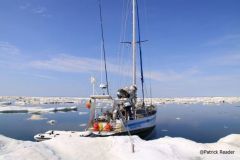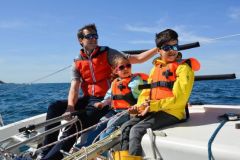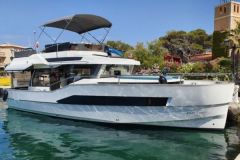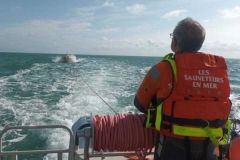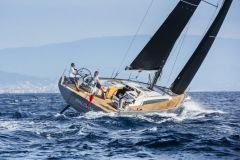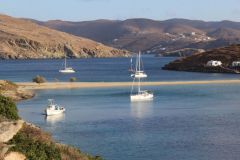The CROSS operators are our Saint Bernards when we need help or assistance at sea. They are often the ones we will only contact in case of trouble, forgetting that some procedures or precautions will make the exercise easier. This exercise, it can often be to save our life. And this is certainly worth an effort!
Before you leave!
The boat is ready. The lazarette is packed. The safety equipment is perfect. The crew is top notch.
In short, everything is in place for a great cruise, filled with moments of joy and stress. As a family, you will create wonderful memories that will remain forever engraved in your minds. All in security, you have subscribed to a suitable insurance.
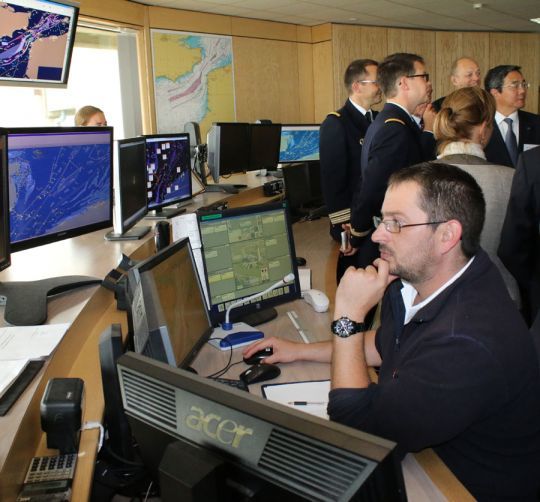
For a little more peace and quiet
Who, on land, knows absolutely everything about your adventure? By "everything", we mean the color of the boat, the constitution of its hull, the state of health of each of the crew members... Probably nobody, and that's quite normal, as none of the members of your entourage would be able to retain all this information. And even if they did, in the stress of a possible incident, it is likely that they would be unable to give you all this information.
It is for this reason that CROSS Gris-Nez, in charge of representing France within the international SAR authorities ( Search And Rescue ) as a PoC MRCC ( Point of Contact ) offers boaters who go to sea to file a crossing declaration.
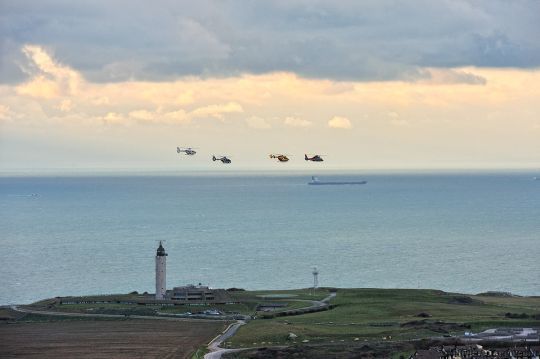
Voluntary and purely informative document
This document is voluntary and for information purposes only, and does not constitute a letter of appointment or recognition of capacity or competence on the part of the authorities. It does not commit any of the parties to anything other than providing as much information as possible for the declarant, to take note of this information for the recipient. And to make proper and careful use of it, of course. But the question of confidentiality, when it comes to potentially saving lives at sea, does not arise, let's be reasonable.
Document to be lived
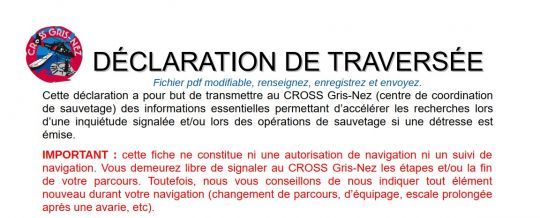
We recommend that you keep this document alive. That is to say, to send a new version, by e-mail, to the CROSS each time a major element evolves in your epic. By major element, we mean :
- Change of team member
- Change of phone number
- Add / remove a step
- Change of color of the sails / bow ( for example if you are considering a refit during a stage )
In short, any element that will impact your project should be brought to the attention of the CROSS operators. We advise you to follow the versions of this document and the emails sent to CROSS, to avoid confusion.
Too much information doesn't hurt
The form to be filled out, in pdf format, is 4 pages long. You do not have to fill in everything, nor do you have to give more information than necessary. It is the use that will be made of this information that will give it importance. In principle, the CROSS operators will use the information contained in this form in the following cases:
- Receipt of a distress call (Mayday, EPIRB triggering ...)
- Absence declared by a relative at a scheduled stopover
- Discovery of an element of your boat at sea (dinghy, identified sail ...)
A simple form to fill out
The form proposed by the administration is extremely simple to complete.
It is organized in 4 categories to be filled in as carefully and completely as possible:
- The ship
This category will allow us to know and recognize your boat. From the color of its hull to its make and year, the information you provide will allow the rescue services to organize themselves in the best possible way, with knowledge of your boat. For example, by knowing the make and model of the boat, the SNSM boaters would know, before intervening, how to tow it.
- The means of communication
It is in this category that you will allow the authorities to contact you to inquire about your health. Again, provide as much information as possible, for example, the phone numbers of all the crew members on the boat, their e-mail addresses, Facebook accounts, etc
- The planned navigation
This section is the most free but probably the most important. It is on the basis of the information you provide in this section that the authorities will be able, if necessary, to launch a search in one area rather than another. For example, it is important that you be searched in the Maldives if you have announced that you are there. This section has free text fields, which you can use to talk about your browsing and monitoring habits. You can, for example, announce that you are on watch on a given frequency every Sunday from 12:00 to 15:00 GMT. The idea is that the information in this section is regular behavior that you will follow throughout the cruise.
- The people
This section is divided into two parts. This is the people on board (the crew), for whom you can detail identities, ages and nautical experience. The contacts on land will be the people with whom the authorities will contact in case of need.
Finally, a free comment area, which runs through the entire questionnaire, is to be used to communicate to the operators of the rescue center any information of interest to you.
Add visual elements
You can send photos of the boat and the crew. Ideally, you should provide, as is done for the Imoca boats in the Vendée Globe, a photo of the boat from each angle (top, bottom, port, starboard, front, back) and a full-length photo of each crew member. Take advantage, for example, of the next refit of the boat to take all these pictures.
Once completed, the whole document should be sent by e-mail to CROSS Gris Nez at gris-nez@mrccfr.eu. We recommend that you call the CROSS after sending the document to confirm that it has been received and is complete.
Once all this is done ... Have a good trip!
